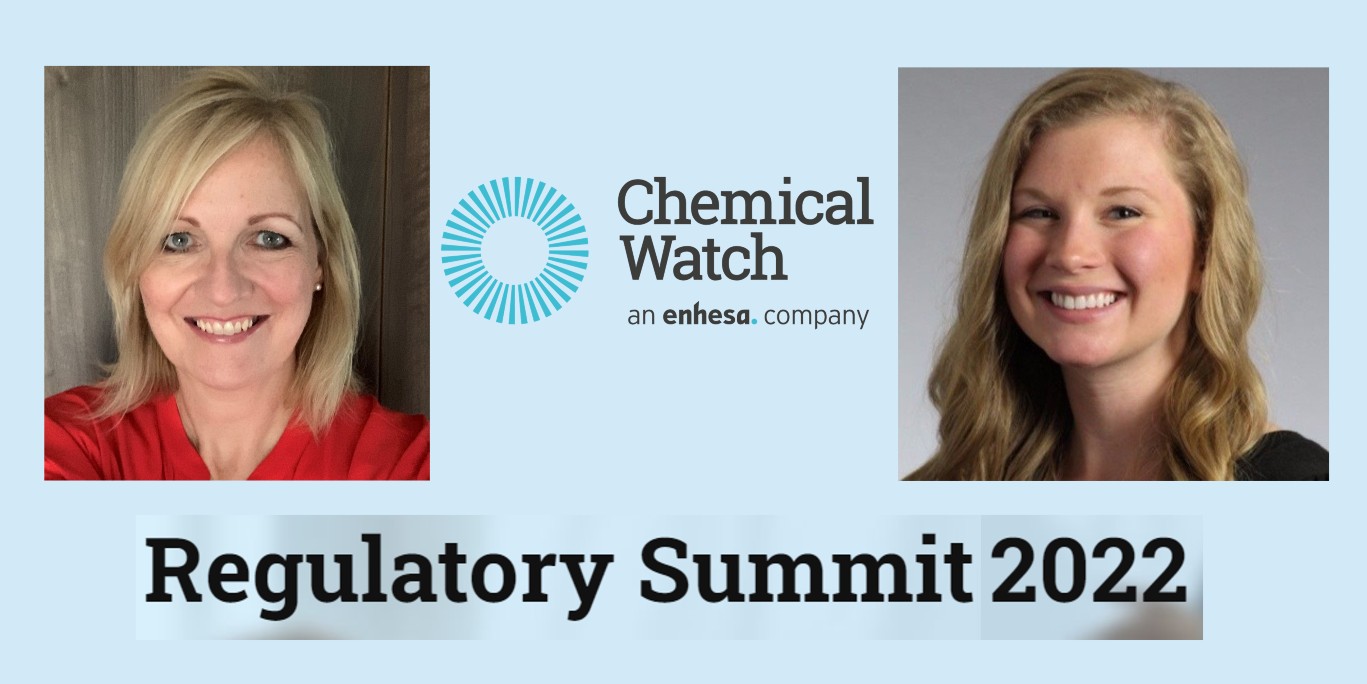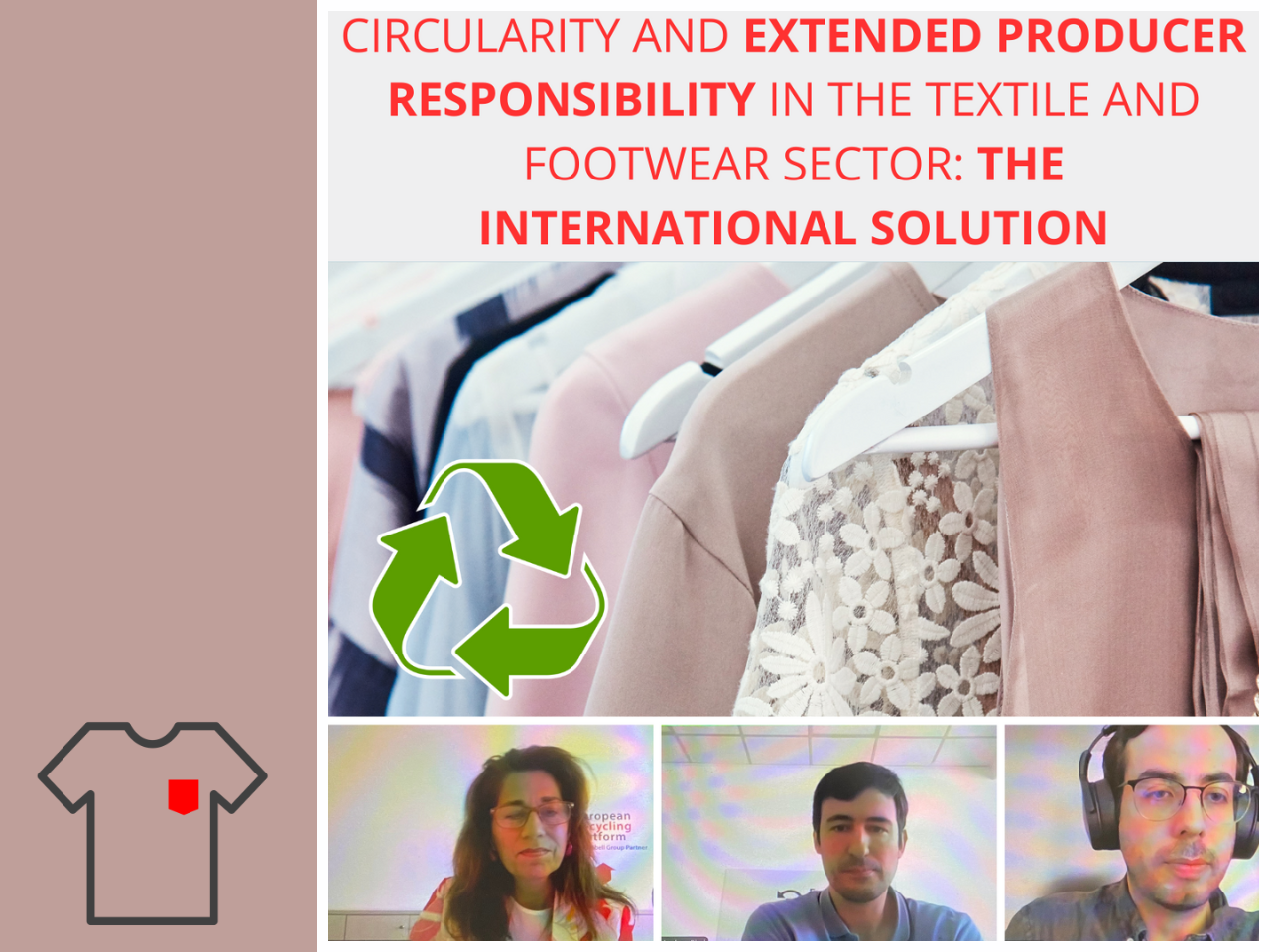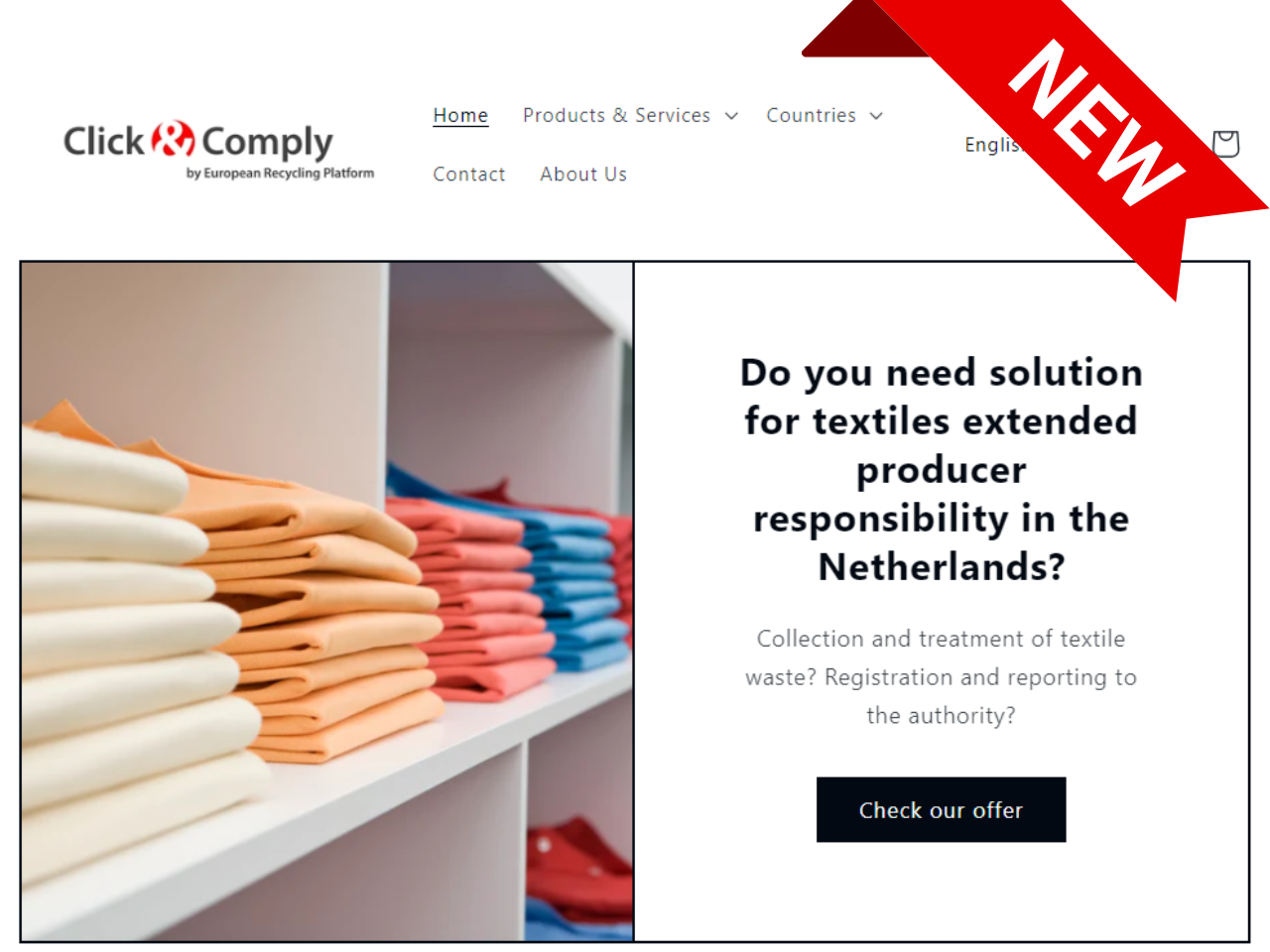Key themes from the recent Chemical Watch Regulatory Summits
Landbell Group company, H2 Compliance attended the recent Chemical Watch Regulatory Summits held in Brussels, Belgium, and Arlington, Virginia, USA. Helen Rudden compliance programme manager, attended the Brussels event, and Claire Mathis, chemical regulatory manager, was there in Arlington.
The summits covered a wide array of global regulatory developments in the EU, Asia, Turkey, Canada, South America, and the USA. While several themes emerged from the conference speakers, many highlighted the simultaneous changes in chemical control regulations worldwide which require active surveillance and vigilance when it comes to compliance.
In particular, several talks focused on the proposed changes to EU REACH based on the Chemicals Strategy for Sustainability (CSS) and reflections on the European Chemicals Agency (ECHA) and European Commission’s (EC) progress to date. While a lot appears to be happening at one time, the EC is calling the changes an evolution and not a revolution, noting that existing processes will remain the basis for regulating chemicals in the EU. Despite the rhetoric, it is still an unsettling time for industry until more clear and transparent guidance for these regulatory changes is provided.
Perhaps, the forthcoming change that is most highly scrutinized includes the definition of essential use. Many argue that the current criteria are too simplistic and unclear, and specifically that it is unclear whether this essentiality applies only at a substance or product level. Several figures at the conferences reiterated the need for a clearer, complete, and transparent consultation process as this will have an important and fundamental effect on EU industry.
While the EC has yet to publish its proposal (which may be delayed to late 2023, see article here) to revise REACH in line with its CSS, the following items will be evaluated:
- Update registration requirements – increased information requirements, polymer registration and information on environmental footprint
- Introduce Mixtures Assessment Factor (MAF)
- Improve safety data sheets
- Revise dossier and substance evaluation
- Reform authorization and restriction processes, and
- Improve enforcement
In addition to EU updates, the USA regulatory summit highlighted the need for greater transparency and guidance from the US Environmental Protection Agency (EPA) as part of its New Chemicals Program and risk evaluation process under TSCA. Furthermore, Michal Freedhoff, Assistant Administrator for the Office of Chemical Safety and Pollution Prevention at EPA, reiterated the administration’s commitment to more efficient processes to bring chemicals to market in a way that is innovative, safe and efficient.
H2 Compliance is here to help companies navigate the complex and ever-changing landscape of chemical control regulations. Please contact our colleagues at H2 Compliance here.
Sign up for our monthly
report COMPASS here:
Your email












